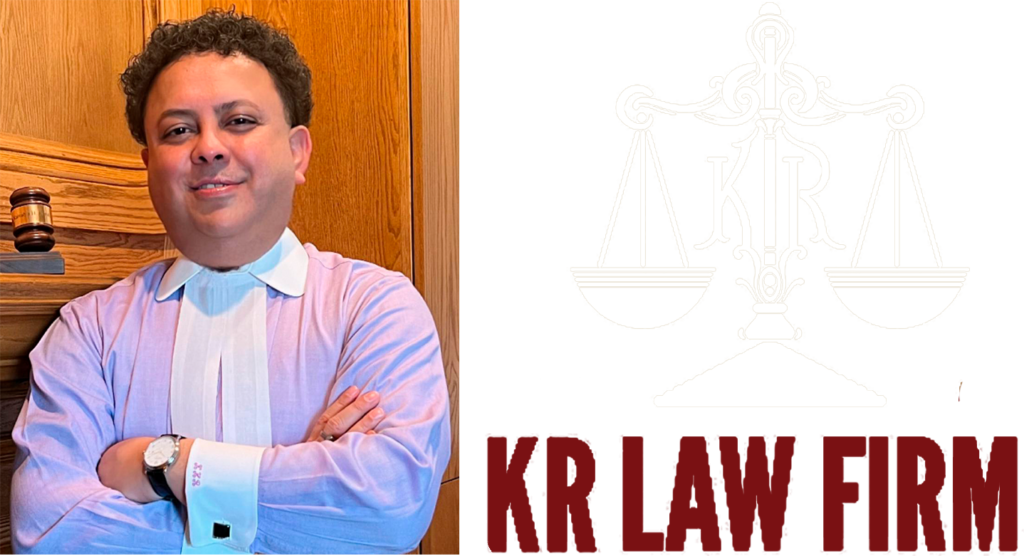Student Visas and OPT
Student Visas and OPT
Student Visas and OPT
Student visas play a vital role in facilitating international education and cultural exchange in the United States. These visas allow foreign students to pursue academic or vocational studies at accredited educational institutions in the U.S. while experiencing American culture and society. Additionally, Optional Practical Training (OPT) provides an opportunity for F-1 visa holders to gain valuable work experience in their field of study after completing their academic program.
F-1 (Student) Visas:
The F-1 visa is the most common type of student visa in the United States. It is designed for individuals who wish to enroll in academic programs, language training programs, or vocational programs at U.S. universities, colleges, or other educational institutions. To qualify for an F-1 visa, applicants must be accepted by a Student and Exchange Visitor Program (SEVP)-approved school and demonstrate sufficient funds to cover tuition and living expenses during their stay in the U.S.
F-1 visa holders are generally allowed to stay in the U.S. for the duration of their academic program, plus an additional period known as Optional Practical Training (OPT) if they choose to participate. During OPT, F-1 students can work in their field of study to gain practical experience related to their major.
OPT (Optional Practical Training):
OPT is a temporary employment authorization available to F-1 students who have completed or are pursuing a degree in the U.S. OPT allows students to gain practical work experience in their field of study for up to 12 months (or 36 months for STEM degree holders) after completing their academic program. OPT provides an opportunity for students to apply their knowledge and skills in a professional setting, enhancing their career prospects and contributing to their overall academic and professional development.
J-1 (Exchange Visitor) Visa:
The J-1 visa is an exchange visitor visa that enables individuals to participate in approved exchange programs in the United States. It is commonly used for educational and cultural exchange programs, including academic study, research, teaching, and various types of training programs. The J-1 visa program promotes mutual understanding and collaboration between the United States and other countries by facilitating international exchange and cooperation in various fields.
J-1 visa holders must participate in a specific exchange program sponsored by a designated organization, institution, or agency. The duration of stay and permissible activities depend on the specific program category and the terms of the exchange agreement. J-1 visa holders may be subject to a two-year home-country physical presence requirement upon completion of their program, which may restrict certain immigration benefits.
Conclusion:
Student visas, including the F-1 visa and J-1 visa, along with OPT, play a crucial role in promoting international education, cultural exchange, and professional development in the United States. These programs provide opportunities for students and exchange visitors from around the world to pursue academic studies, gain practical experience, and engage in cross-cultural learning experiences, enriching their lives and contributing to global cooperation and understanding.

